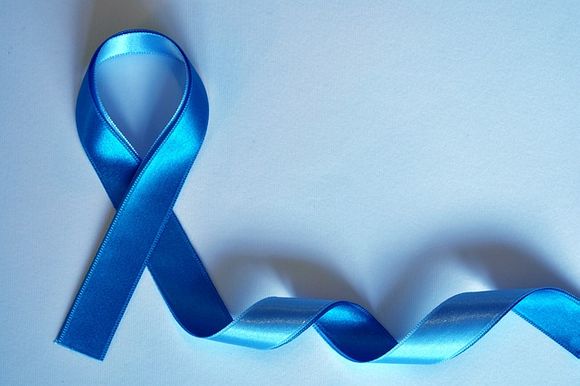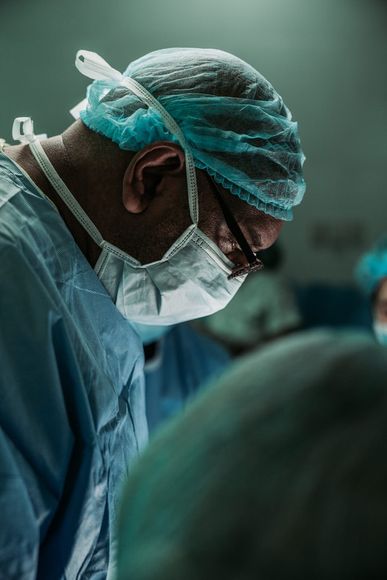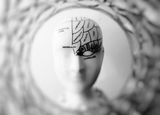Author: Rositsa Tashkova, Master of Molecular Biology and Microbiology
The most common problem associated with the prostate in men over 50, is its enlargement. The condition has different names - enlarged prostate, benign hyperplasia (BPH) or enlargement of the prostate gland.
According to some data, more than 50% of men over the age of 60 suffer from an enlarged prostate, and the percentage becomes impressive after 85 years of age - 90%.
In the article you will learn:
- What is the prostate - ads do not give a comprehensive answer
- What is the condition enlarged prostate, causes and risk factors
- Symptoms, that the prostate is enlarged
- Treatment of enlarged prostate by conventional means and drugs
- Alternative treatment of enlarged prostate with herbs
What is the prostate
The prostate is an organ that only men have. It is an apricot-sized gland and produces some of the ingredients of seminal fluid. The gland is located right in front of the rectum (right intestine) and under the bladder.
The prostate surrounds the urethra - the duct that carries urine from the bladder outwards. It is a vital organ for the proper functioning of the male reproductive system.
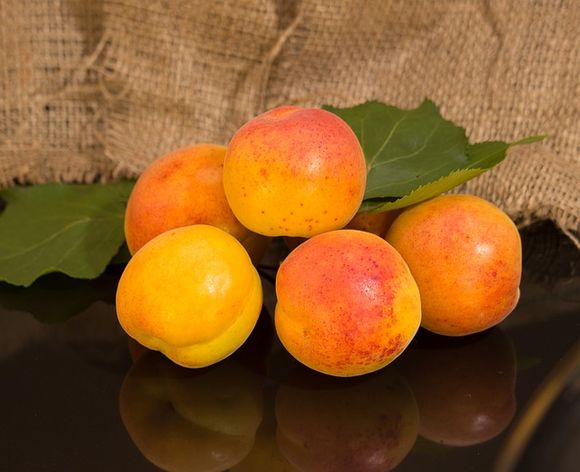
The prostate secretes fluid that keeps sperm alive and mobile, protecting the genetic code they carry. It contains a number of substances, including enzymes, zinc and citric acid. One of these enzymes (PSA) liquifies the seminal fluid after a few minutes outside the male body, allowing sperm to move more easily to the egg.
During ejaculation, the prostate shrinks and injects its fluid into the urethra. In doing so, it closes the opening between the bladder and the urethra and the semen passes at high speed. That is why it is impossible for urine to pass during ejaculation. [ref. 1]
Enlarged prostate - causes and risk factors
Benign (noncancerous) enlargement of the prostate is a condition that blocks the passage of urine through the urethra. Prostate cells gradually multiply, creating an enlargement that puts pressure on the urethra and, accordingly, prevents the normal discharge of urine and semen from the body.
The narrowed urethra forces the bladder to contract more strongly to get rid of urine.
Thus, over time, the bladder muscle can become stronger, thicker and too sensitive. As a result, it begins to shrink, even when it contains small amounts of urine, leading to the well-known need to urinate frequently.

However, the bladder muscle can not overcome the effect of the narrowed urethra, so urine remains in the bladder and it does not empty completely.
It is not entirely clear what causes an enlarged prostate. However, this may be due to changes in the balance of sex hormones when men get older. There are several risk factors for prostate enlargement. These include:
- Aging. Prostate enlargement rarely manifests itself with any symptoms in men younger than 40 years of age. About a third of men experience moderate to severe symptoms by the age of 60, and about half - up to the age of 80.
- Heredity. If you have a blood relative - for example, a father or brother with prostate problems - the condition is more likely to affect you. Studies show that genetic factor is of great importance and is most likely autosomal dominant inheritance. [ref. 6]
- Diabetes and heart disease. Research has shown that diabetes, as well as heart disease and the use of beta blockers, can increase the risk of prostate enlargement.
- Lifestyle. Obesity increases the risk of increased prostate, and exercise can reduce it.
Symptoms of enlargedprostate
At the initial stages of enlargement of the prostate, symptoms may not appear, but as the condition progresses, the following complaints usually appear:
- Weak urinary stream
- Feeling incomplete emptying of the bladder
- Difficulty starting when urinating
- Frequent urination
- A sense of urgency to go
- Getting up often at night to urinate
- A stream that starts and stops at intersections
- Going back to the toilet again, minutes after the last time
It is good to keep in mind that in some cases the prostate is very enlarged, but no symptoms are present.
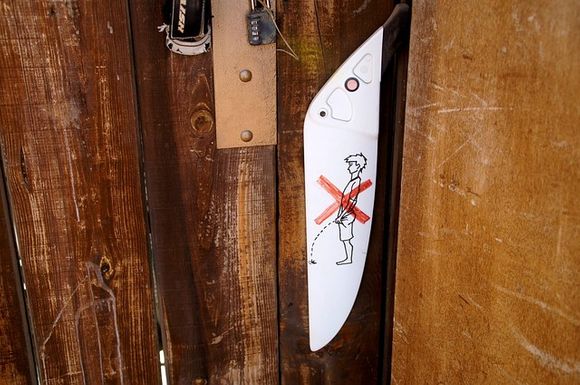
Enlargement of the prostate does not only cause annoying, but harmless discomfort. When the bladder is not completely emptied, the risk of developing urinary tract infections increases.
Over time, other serious problems may develop, including bladder stones, blood in the urine, incontinence (discharge or inability to hold), acute urinary retention (inability to urinate).
The sudden and complete inability to urinate is an emergency and you should immediately visit a doctor! In rare cases, damage to the bladder or kidneys may develop from enlargement of the prostate.
Conventional treatment of enlarged prostate
Treatment of the enlarged prostate may include medical drugs, a minimally invasive procedure or surgery, depending on the age, size of the gland and severity of symptoms. Everything is strictly individual on a case-by-case basis, and the decision on the type of treatment should be taken jointly between patient and doctor. [ref. 2]
Medications for enlarged prostate
The medications used to treat the enlarged prostate have two mechanisms of action - either suppressing the growth of its cells to stop the enlargement, or shrinking it.
Drug treatment gives good results and rarely has side effects, therefore it is preferred by men.

There are two groups of drugs - alpha blockers and inhibitors of the enzyme 5-alpha reductase.
Alpha blockers. These drugs do not reduce the size of the prostate, but are very effective for relieving symptoms, as they relax the muscles around the prostate and bladder, so urine can pass more easily. Alpha blockers act quickly and symptoms improve within a day or two. They are most effective for men with a normal to moderately enlarged prostate gland.
Inhibitors of 5-alpha reductase. They can partially shrink the prostate by reducing the levels of the male hormone dihydrotestosterone (DHT), which is involved in prostate growth.
Minimally invasive procedures
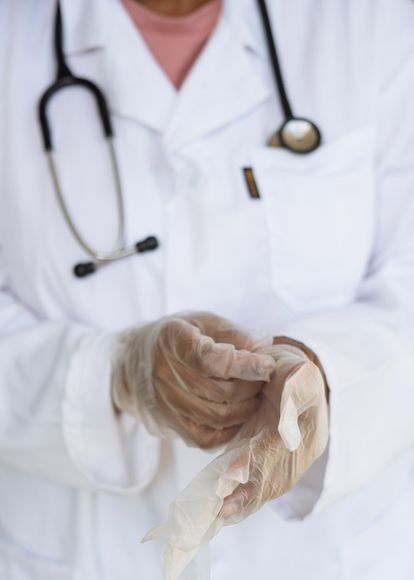
Transurethral microwave therapy (TUMT) - special equipment is used , which locally raises the temperature to 42-44 degrees (hyperthermia) or 45-60 degrees (thermotherapy). It is used in patients with slight to moderate blockage of the flow of urine. Reduces the frequency of urination, the feeling of urgency, tension and the intermittent stream - but does not correct any problems with emptying the bladder. TUMT is performed in a doctor's office and requires only local anesthesia and pain medications.
Transurethral needle ablation of the prostate (TUNA) - the procedure destroys part of the prostate tissue to relieve symptoms. No stay in the hospital is required.
Surgical intervention
Transurethral resection of the prostate (TURP) - the most common operation in an enlarged prostate. It is believed to bring the greatest relief of symptoms. Only the tissue that presses the urethra with the help of an electric loop is removed.
Transurethral incision of the prostate (TUIP) - in this procedure, incisions are made in the prostate instead of removing tissue. They reduce pressure on the urethra and so urination is facilitated. After manipulation, the relief of symptoms is slower after TUIP, compared to TURP. But retrograde ejaculation is less common and not as severe as after TURP. After manipulation, a catheter is required for 1-2 days.
Surgery or a simpleectomy - in more severe cases, when minimally invasive therapies do not work and there is damage or stones in the bladder, it may be necessary to perform open surgery to remove part of the prostate tissue. Recovery can take months.
Herbal treatment of enlarged prostate
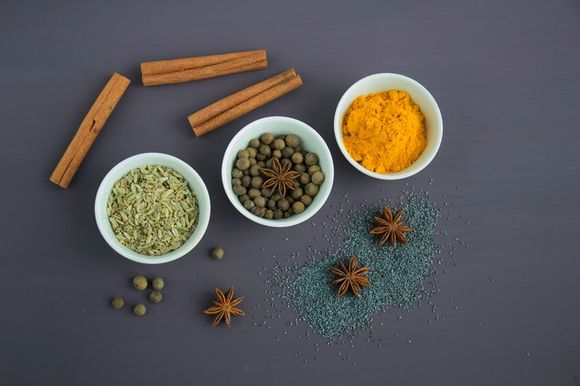
Milder cases of enlarged prostate could be treated with herbs or supplements after consulting a doctor. Herbs may also be used as an additional tool to conventional medications or procedures, but the likelihood of herbs and supplements interacting and altering the action of medicines should be taken into account, because those might make the patient's condition worse. [ref. 5]
The most studied and most commonly used herbs and supplements for the treatment of enlarged prostate are [ref. 4]:
- Beta-sytosterol - found in many plants, of which promising are the results of medications with root from the plant Hypoxis rooperi.
- Ryegrass pollen extract - also contains beta-sytosterol, but there is evidence that it can also reduce prostate size. However, studies on the results of this extract remain contradictory.
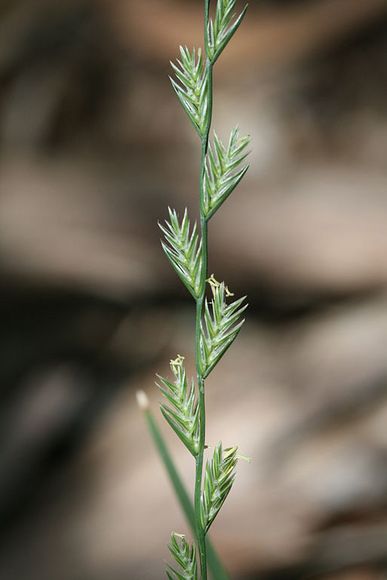
- Pygeum africanum or Prunus africana- the extract is made from the bark of the African cherry tree. Numerous studies have found positive results for the effects of pygeum. It seems to help some men with enlarged prostate wake up less often at night, go less often to the toilet during the day, have a stronger stream of urine and better empty their bladder.
- Serenoa repens (saw palmetto) - this supplement is among the most commonly used, but studies have shown extremely contradictory results for its effectiveness.
Some of the less commonly used herbs and plants to improve the condition of the prostate are:
- Wild basil (Clinopodium vulgare) - the herb has various applications - in inflammation of the prostate, to stimulate the resistance forces and regenerative processes in the body, in uterine fibroids, breast mastopathy and others. The herb is not harmless and should not be taken during pregnancy, lactation, pre-infarction and diseases related to the heart and cardiovascular activity!
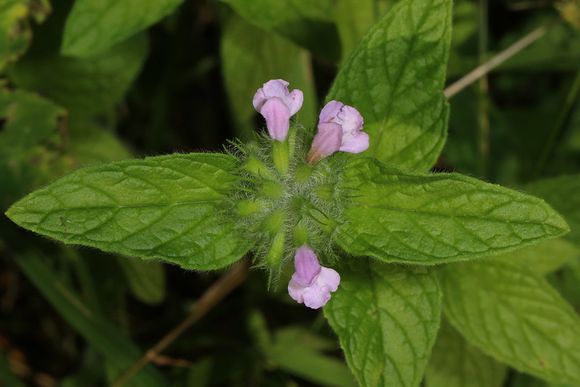
- Pumpkin seeds - seeds and seed extract seem to help with symptoms of BPH and can shrink the size of the prostate.
- Nettle (Urtica dioica) - its root can help you not to wake up so often at night to go to the toilet. Sometimes it is used together with other supplements to treat BPH symptoms.
- Smallflower hairy willowherb (Epilobium parviflorum) and Fireweed (Epilobium angustifolium or Chamerion angustifolium) - the scientific interest in these herbs has intensified in recent years and more studies and clinical trials are needed to prove their action, but they still seem to have a good therapeutic effect in prostate diseases. In laboratory conditions (in vitro) it has been found that the active substance found in these herbs - enotein B, inhibits the growth of prostate cells. [ref. 7]
There are also a few herbs and supplements where it is too early to say whether they are useful for alleviating symptoms of the enlarged prostate. Early studies look good, but there is a need for much more data before conclusions can be drawn.
These are [ref. 3]:
- Aqueous garlic extract
- Linseed extract
- Milk thistle (Silybum marianum)
- Dried cranberry powder
- Quercetin (found in apples, tea and red grapes)
- Red clover (Trifolium pratense)
- Selenium
There are many European studies on the efficacy, dose and adverse effects of these plants in the treatment of enlarged prostate. However, many questions remain concerning: long-term benefits and adverse effects of herbal treatment, prevention of complications, standardization of extracts and simultaneous use of medicines. But at the moment, it seems that these herbal therapies can be used to relieve a number of symptoms in patients with BPH, stage I and II.
Read more:
17 affordable herbs to help multiple sclerosis sufferers
Parsley, celery and other herbs that help fight cancer
7 herbs that relieve indigestion and dyspepsia
Extract of one-year wormwood (Artemisia annua) will be tested for activity against COVID-19
